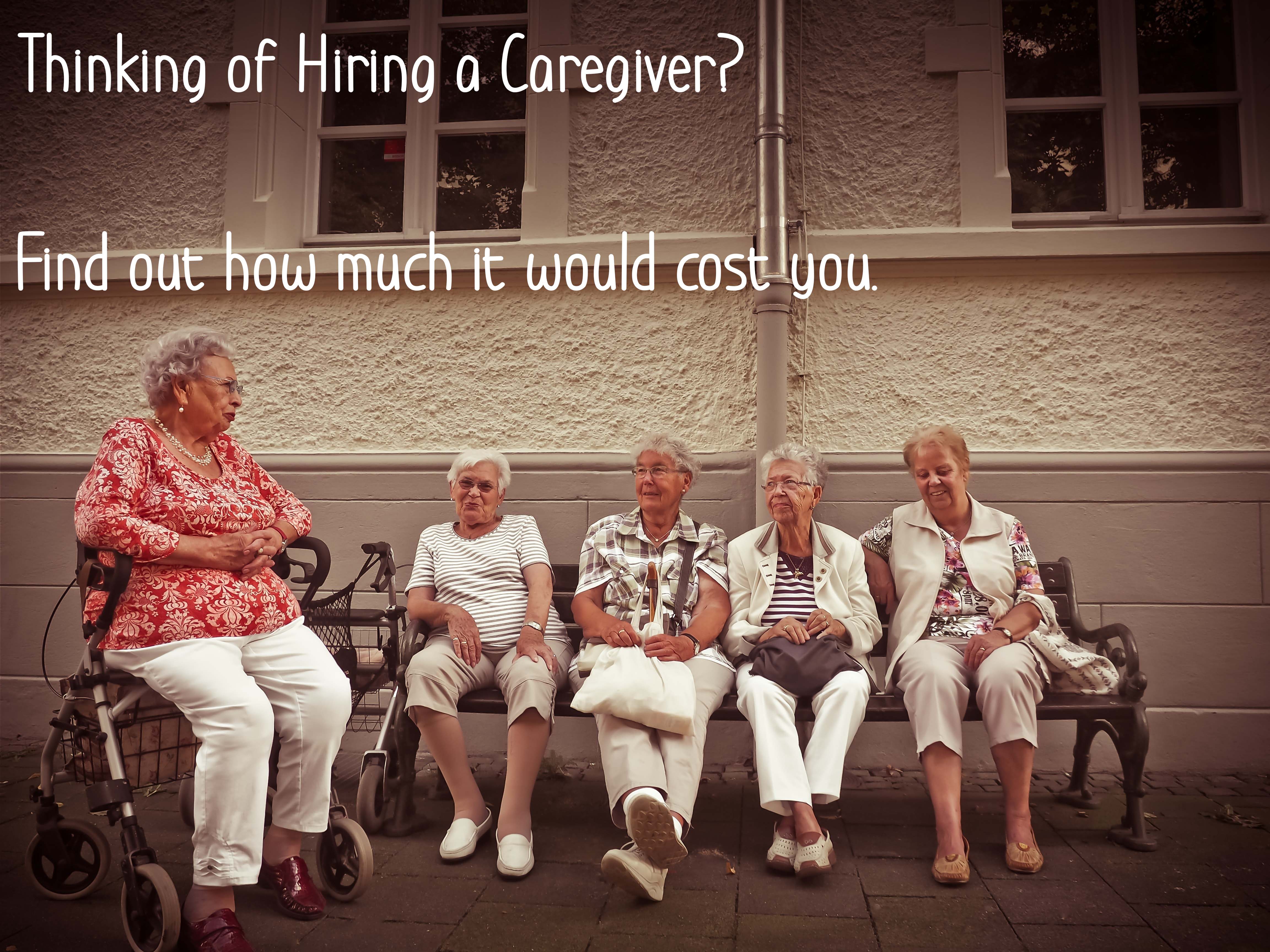Cycling Provides Relief for Parkinsons
 Dr. Bastiaan R. Bloem of the Radboud University Nijmegen Medical Center in the Netherlands thought he had seen it all in his years of caring for patients with Parkinson’s disease. But the 58-year-old man who came to see him recently was a total surprise.
Dr. Bastiaan R. Bloem of the Radboud University Nijmegen Medical Center in the Netherlands thought he had seen it all in his years of caring for patients with Parkinson’s disease. But the 58-year-old man who came to see him recently was a total surprise.
The man had had Parkinson’s disease for 10 years, and it had progressed until he was severely affected. Parkinson’s, a neurological disorder in which some of the brain cells that control movement die, had made him unable to walk. He trembled and could walk only a few steps before falling. He froze in place, his feet feeling as if they were bolted to the floor.
But the man told Dr. Bloem something amazing: he said he was a regular exerciser — a cyclist, in fact — something that should not be possible for patients at his stage of the disease, Dr. Bloem thought. “He said, ‘Just yesterday I rode my bicycle for 10 kilometers’ — six miles,” Dr. Bloem said. “He said he rides his bicycle for miles and miles every day.”
“I said, ‘This cannot be,’ ” Dr. Bloem, a professor of neurology and medical director of the hospital’s Parkinson’s Center, recalled in a telephone interview. “This man has end-stage Parkinson’s disease. He is unable to walk.”
But the man was eager to demonstrate, so Dr. Bloem took him outside where a nurse’s bike was parked. “We helped him mount the bike, gave him a little push, and he was gone,” Dr. Bloem said. He rode, even making a U-turn, and was in perfect control, all his Parkinson’s symptoms gone.
Yet the moment the man got off the bike, his symptoms returned. He froze immediately, unable to take a step. Dr. Bloem made a video and photos of the man trying to walk and then riding his bike. The photos appear in the April 1 issue of The New England Journal of Medicine.
After seeing that man, Dr. Bloem asked 20 other severely affected patients about riding a bike. It turned out that all could do it, though it is not clear why.
Dr. Bloem and other Parkinson’s specialists were amazed. People with Parkinson’s disease can often dance, run, walk smoothly and do complex movements for a few minutes if they are given appropriate signals — emotional or visual cues. There are famous examples, such as a group of Parkinson’s patients who were caught in a fire and managed to run down steps and escape, only to freeze in place when they got outside.
But this effect, known as the kinesia paradox, does not last long. Riding for miles and miles is very different from walking for a few minutes. And until now, Dr. Bloem said, it was not known that patients with Parkinson’s could ride bikes. “The observation is so novel and exciting that I keep amazing audiences when I show this video during my lectures, even when the audience consists of movement disorder experts,” Dr. Bloem said.
Of course, he added, he is not advocating that Parkinson’s patients hop on bikes and go out on busy roads. They need help in mounting a bike and can get into trouble if they have to stop at traffic lights. They need to ride in safe areas. He recommends that patients ride tricycles, or use stationary bikes or trainers — devices that turn road bikes into stationary ones.
Still, he said, bicycling offers patients an opportunity to be symptom-free while they are riding, to look and feel normal, and to get some real cardiovascular exercise even when their disease is so far advanced that they cannot walk.
Parkinson’s experts were intrigued. “This is an impressive thing,” said Dr. C. Warren Olanow of the Mount Sinai School of Medicine. “He has described a terrifically interesting case, and there are things to learn from it.” Dr. Bloem said one explanation for the finding might be that bicycling uses a different part of the brain than walking and might not be so severely affected by Parkinson’s disease. Or it might be that the rhythmic pressure of the pedals on patients’ feet cues the nervous system to allow a cycling movement.
Bicycling does not cure patients, of course. And, added Dr. Lisa M. Shulman, a neurology professor at the University of Maryland School of Medicine, whether most patients with severe Parkinson’s disease will be able to ride a bike “is an empirical question that would need to be tested.” And, she said, those who cannot do one sort of exercise may be able to do another.
But Dr. Bloem said he hoped that perhaps regular exercise might slow the progress of Parkinson’s disease. It does in rats, he said, and he is running a clinical trial in 600 patients to see if exercise also slows the disease in humans. In the meantime, Dr. Bloem said he knew there was a long way to go from observation to scientific fact. But, he said, that does not mean an observation is useless. “I’m a strong believer that single cases can provide crucial evidence,” Dr. Bloem said. “Even though this is a single patient, it is very, very provocative.”
Courtesy of the NYTimes
- Tags: News
- Professional Medical














Comments 0